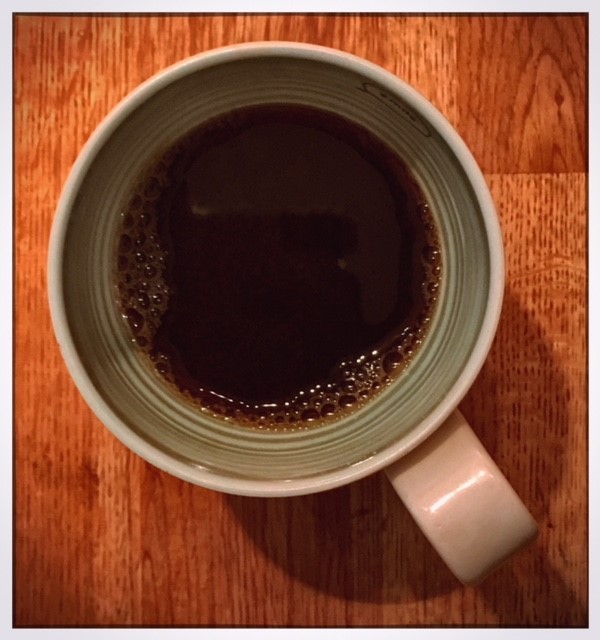By Heather Marr
Motherhood is. . .
Reheating that third of a cup of coffee for the third time.
A constant pile of laundry—maybe clean, if it’s my lucky day.
A small hand in mine on the walk to daycare.
A not-as-small-but-just-as-soft hand in mine on the walk from school.
After years of grumbling about it, suddenly understanding that this is THE LAST TIME I’ll have to accompany my son during the whole weekday-morning, seven-minute-long, stripping-off-the-piles-of-snow-clothes deal…
…because next year he’ll be in kindergarten and doing it all himself, without me.
Feeling melancholy about all the “lasts” in life I missed while they were happening.
Grumbling again when a mid-spring snowstorm renders null and void that “last” I was actually fully present for.
Rereading Anne of Green Gables with my daughter at the same age I was when I first read it…
…and delighting in how truly well-written it is and how progressive Lucy Maud Montgomery was for the time.
Rereading the Little House series with my daughter at the same age I was when I first read it…
…and being horrified by how racist Ma was.
Cracking up at Teen Titans Go! at least as much as the kids do.
Realizing my son picked up those questionable phrases from Beast Boy…but my daughter picked up those curse words from me.
Feeling proud when my kids, without shame or giggling, use the correct names for their genitalia.
The gift of an unsolicited “Mommy, can I hug you?” from my daughter, age 10.
Attempting to write this piece uninterrupted—unsuccessfully—while said daughter is home from school, sick and apparently bored (too bad).
@2018 Heather Marr
Heather Marr is a Montreal-based writer, editor, mom of two, certified birth doula and owner of Rio Doula Montreal riodoula.ca, world traveller, native Californian, and lover of long runs and coffee. She strongly believes that life is about the journey AND the destination. Follow her on Facebook www.facebook.com/riodoulamtl and Instagram.




